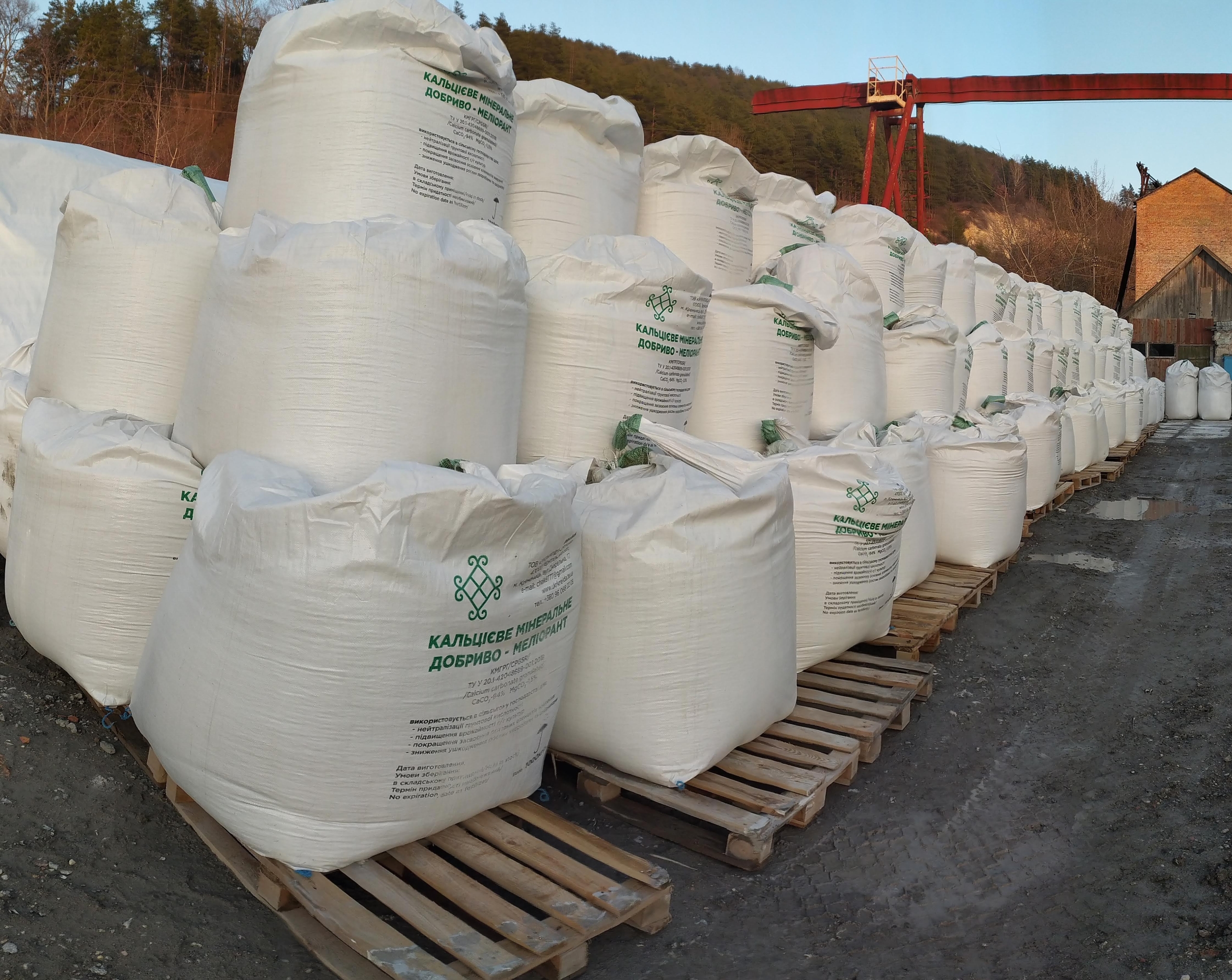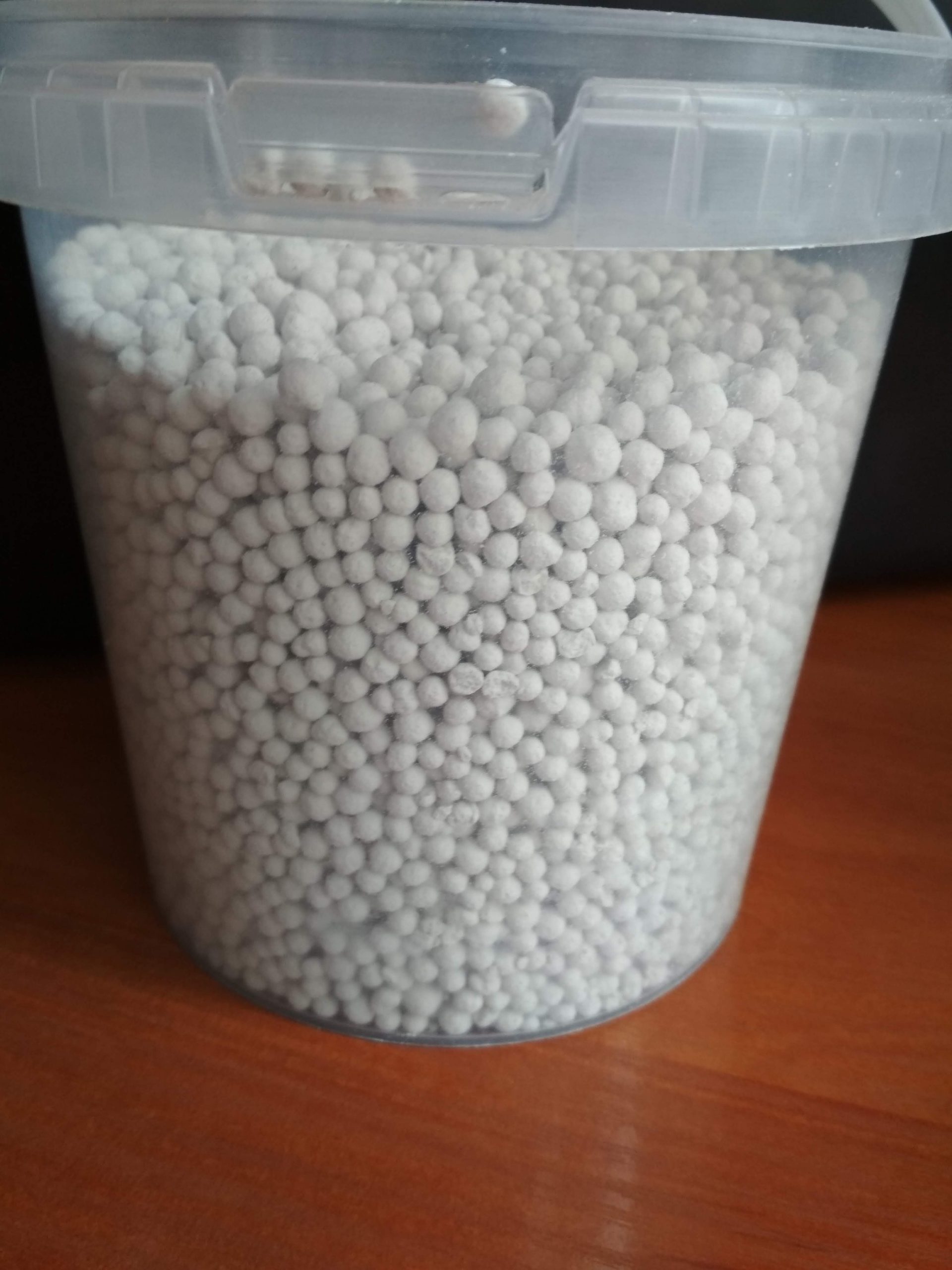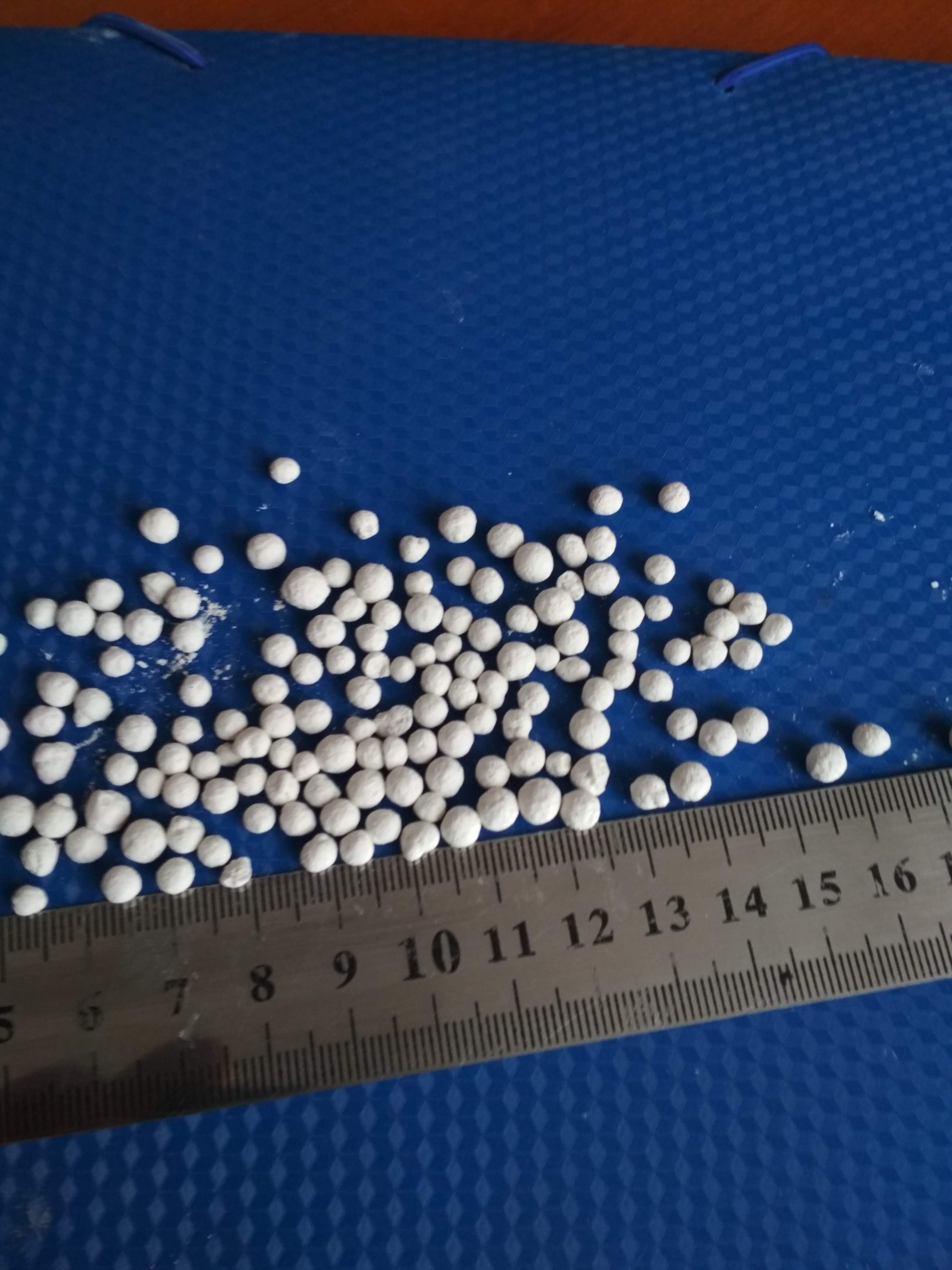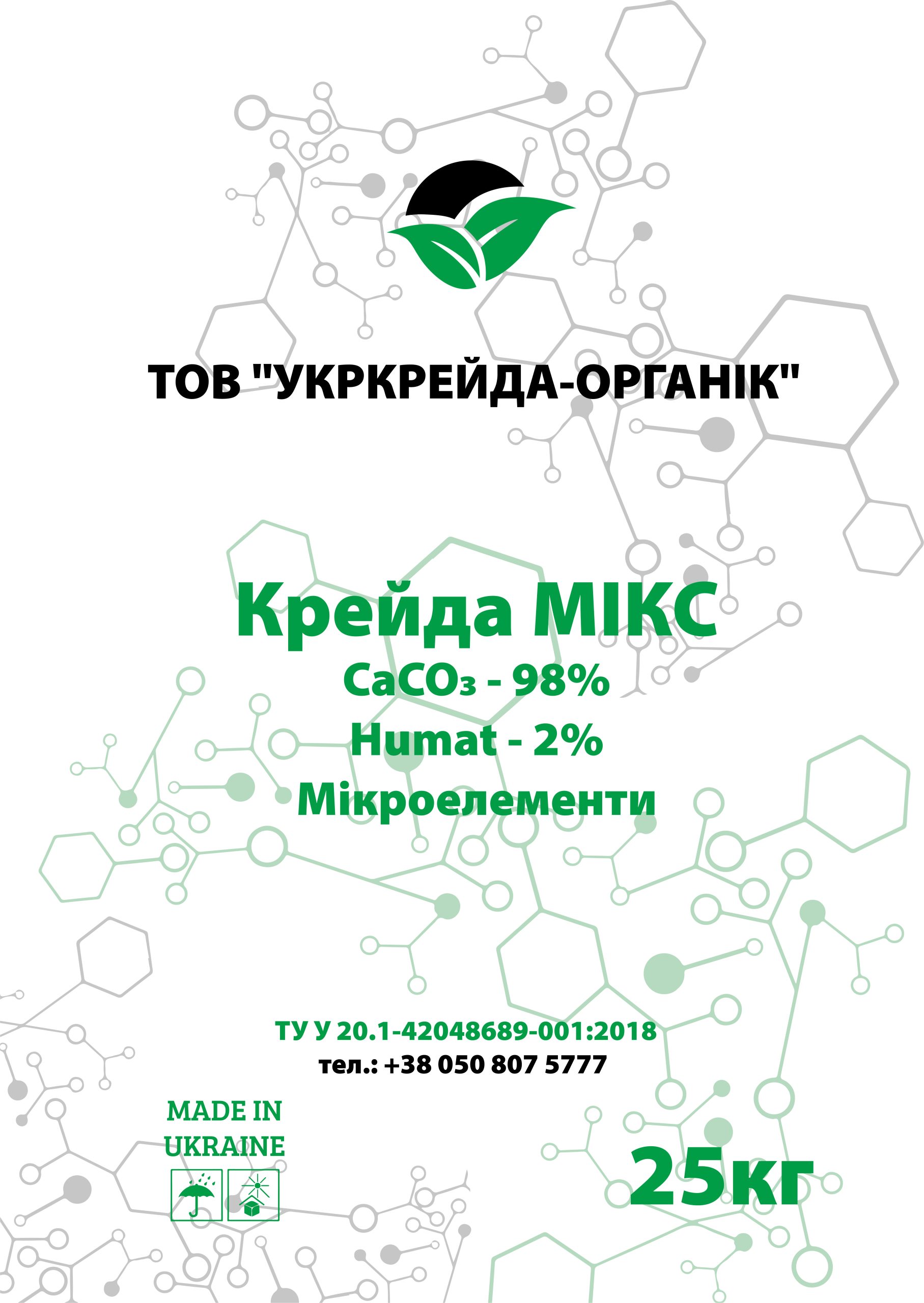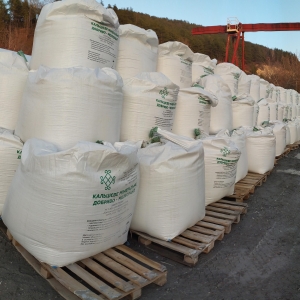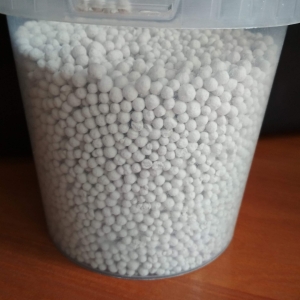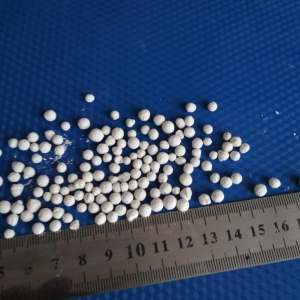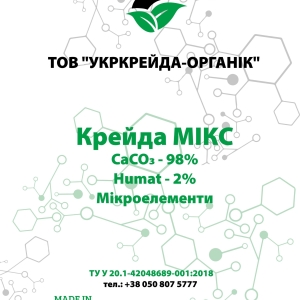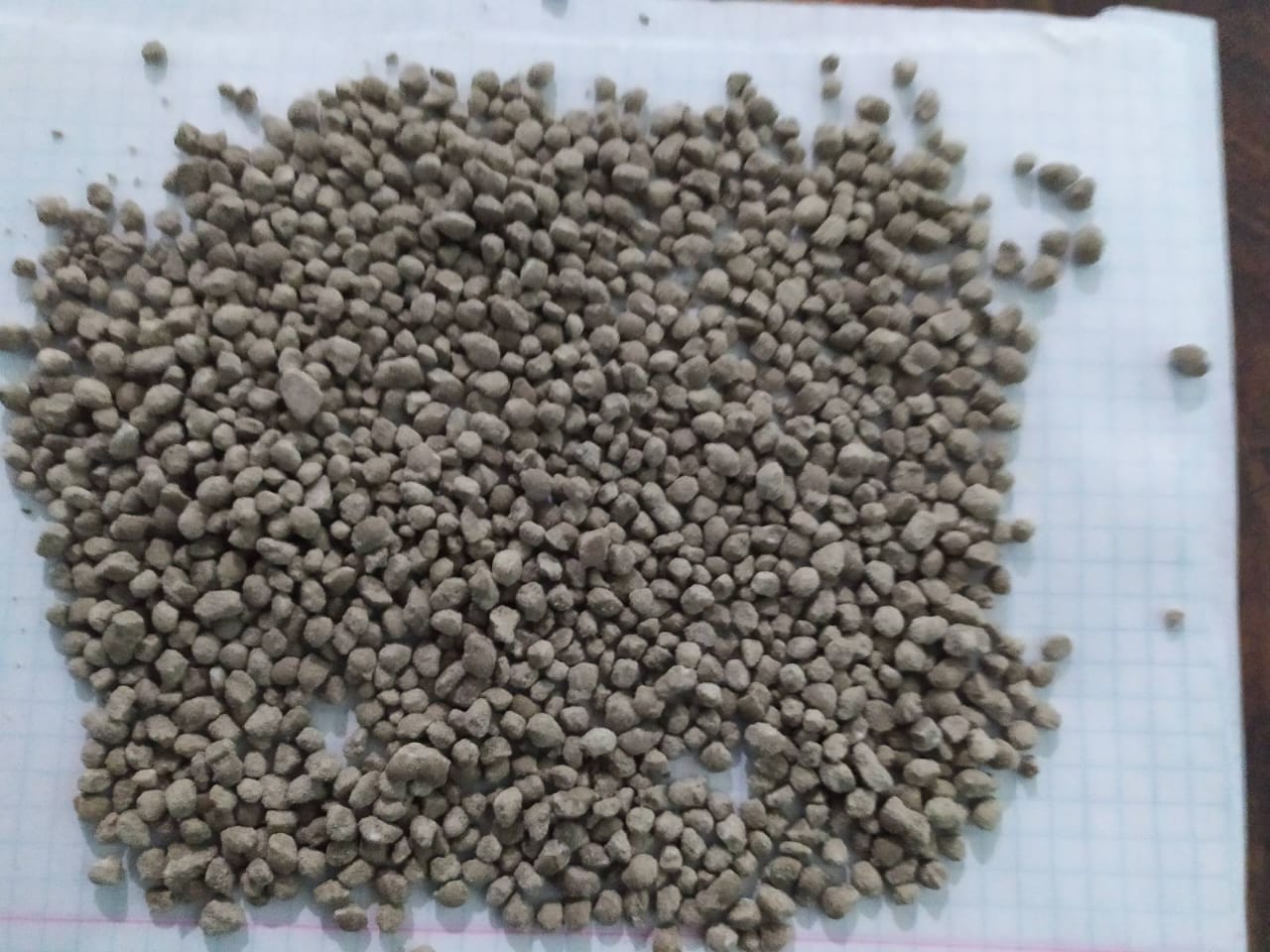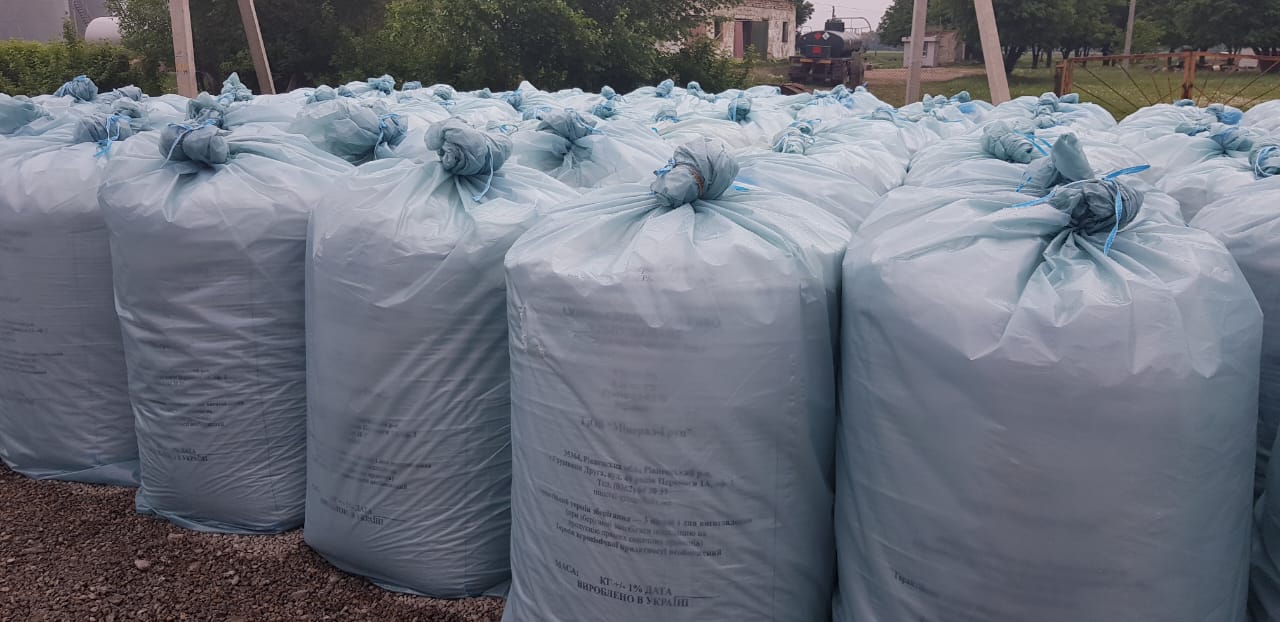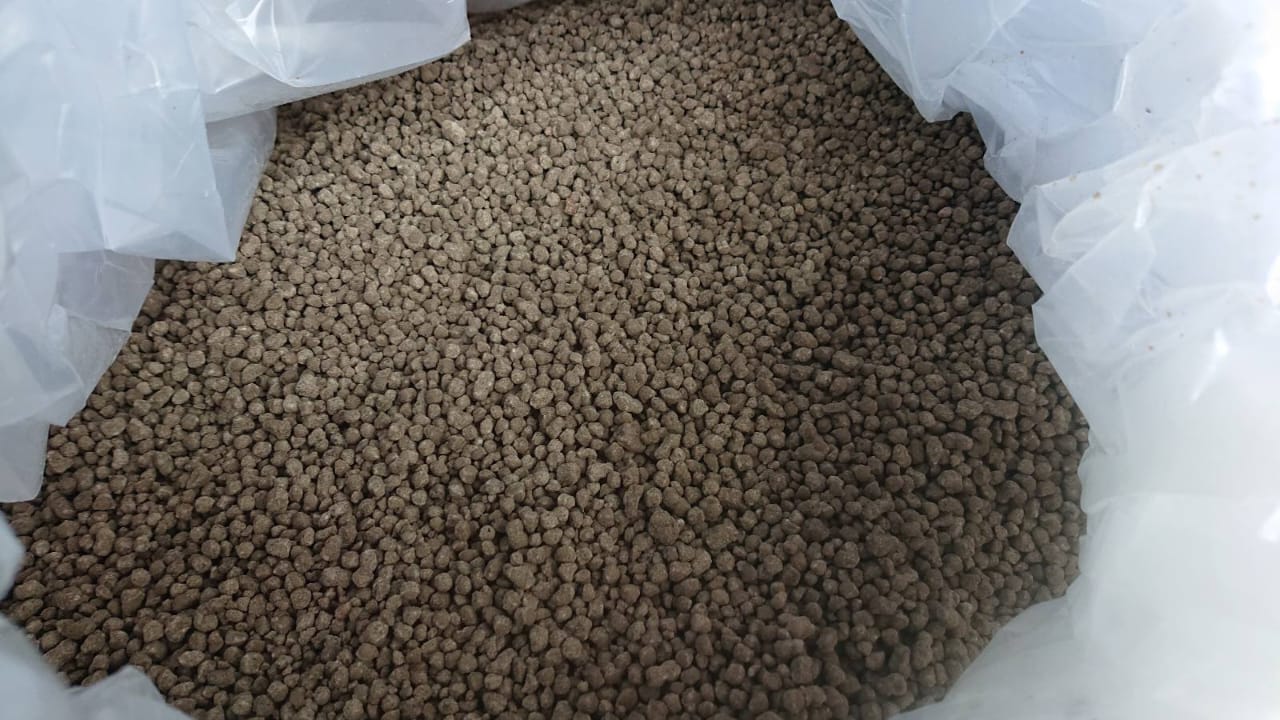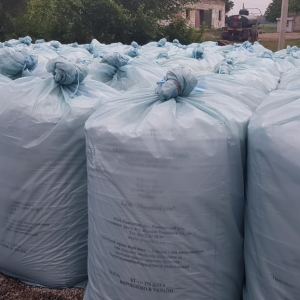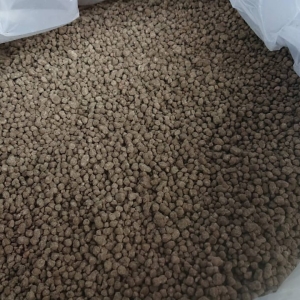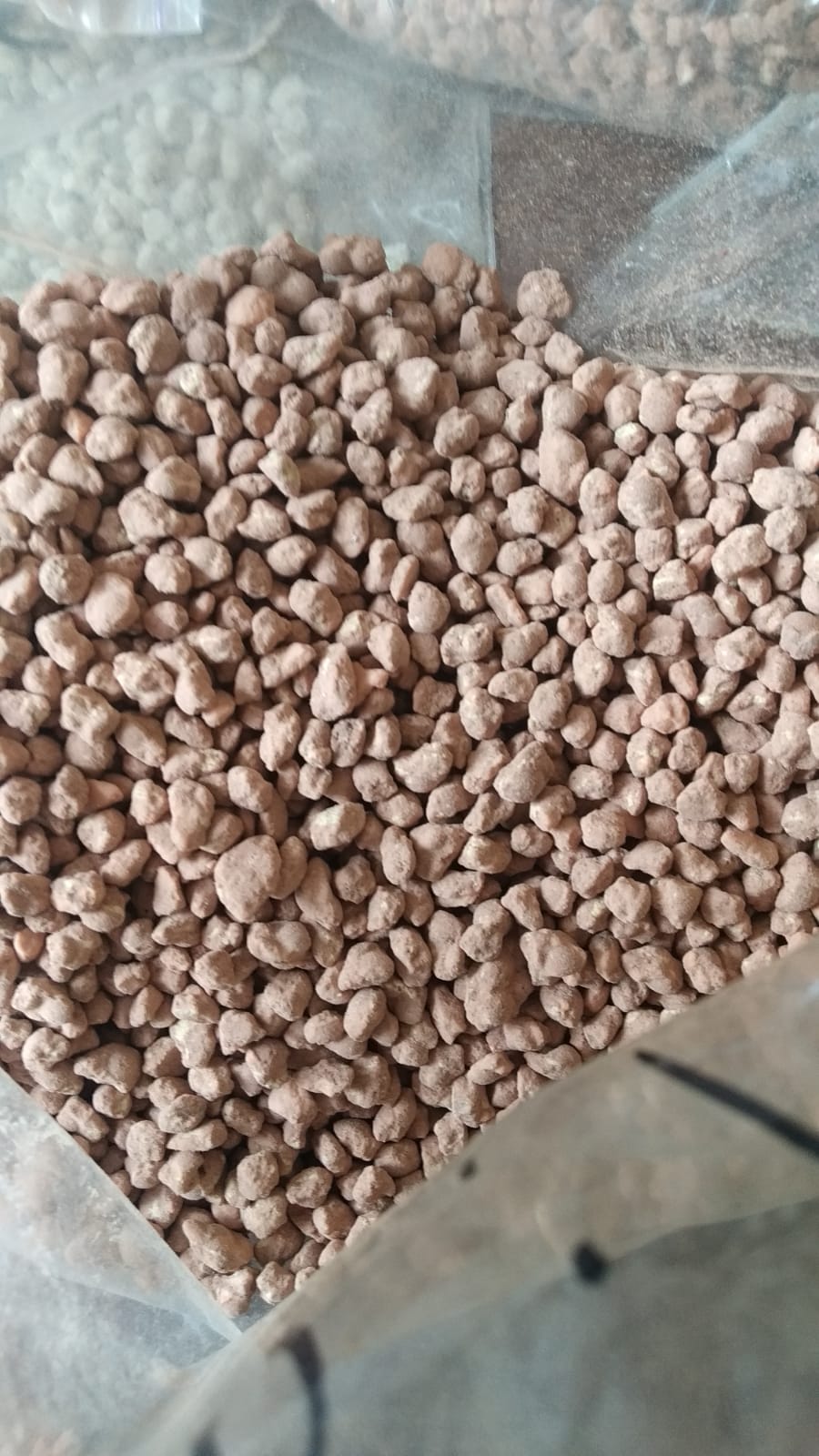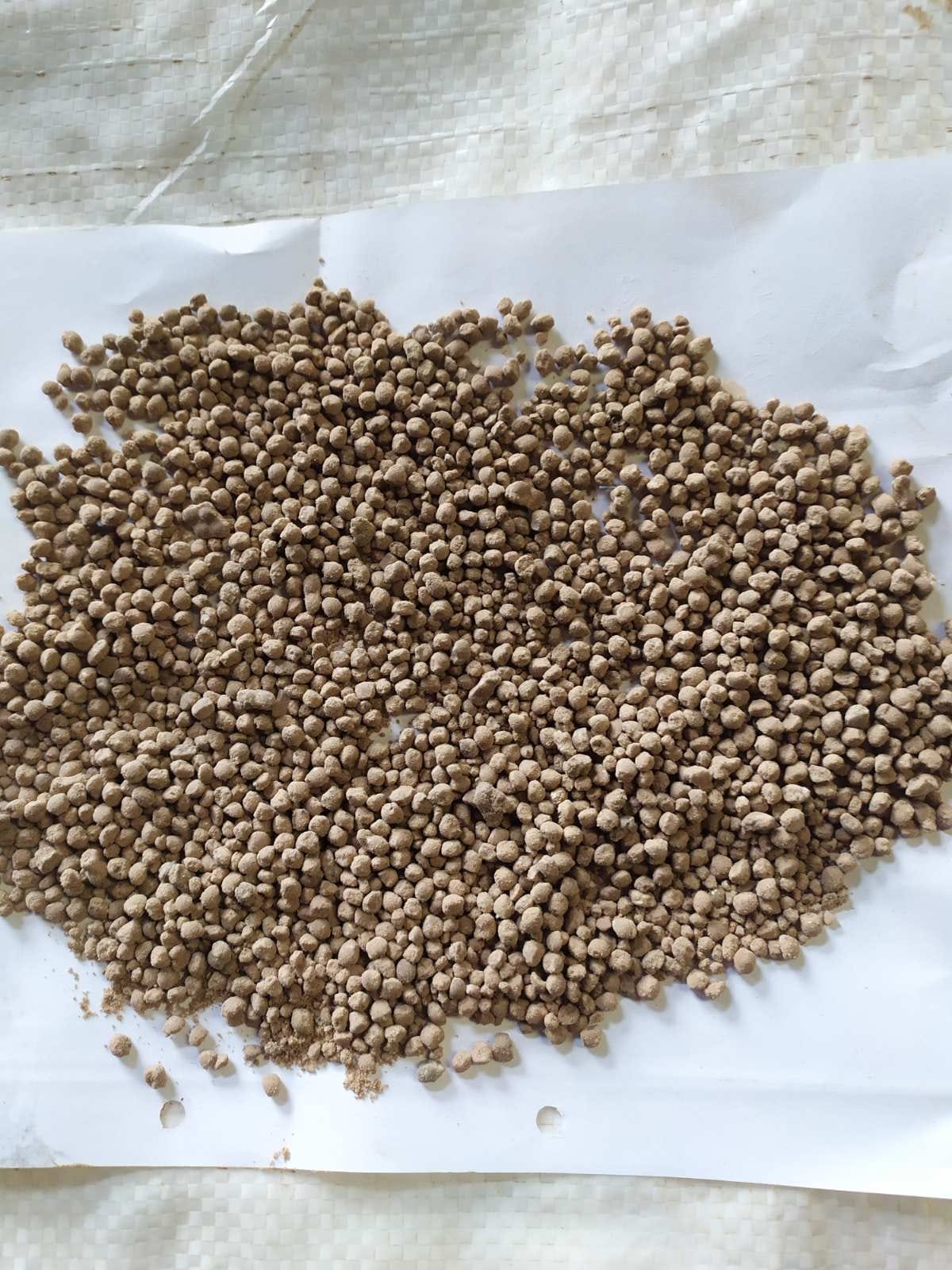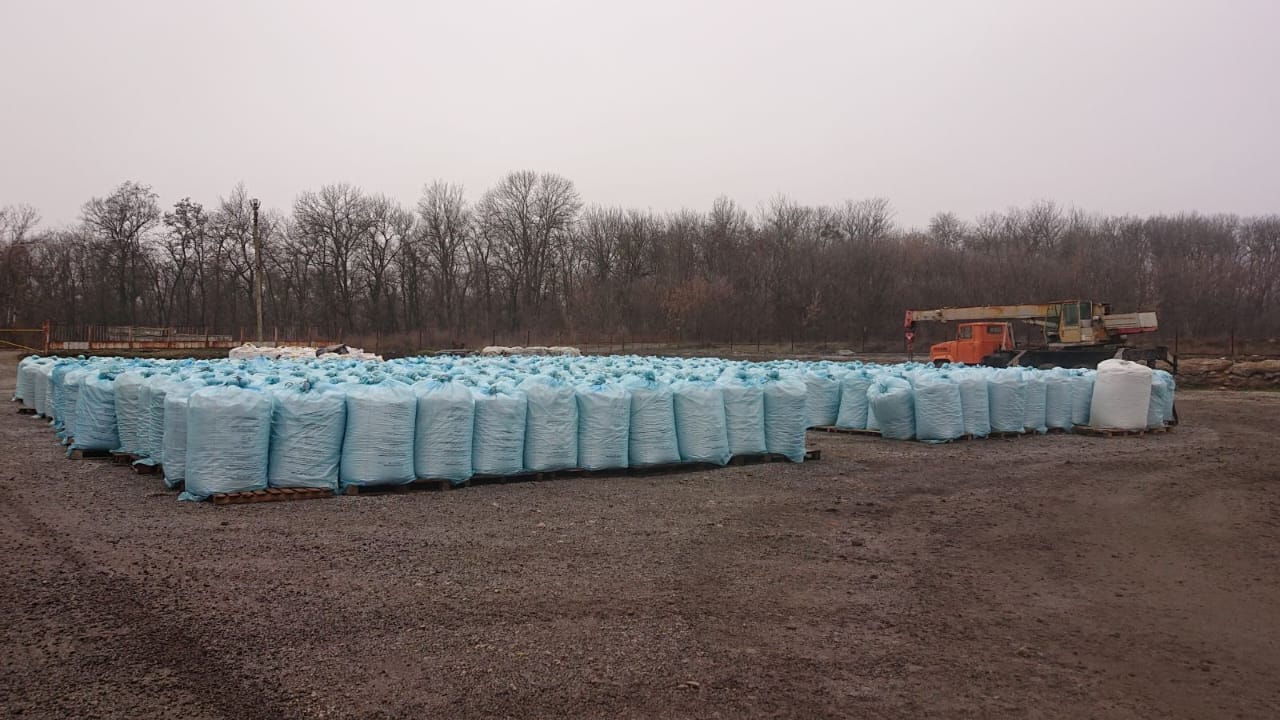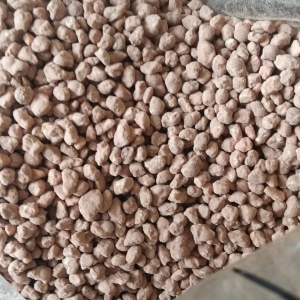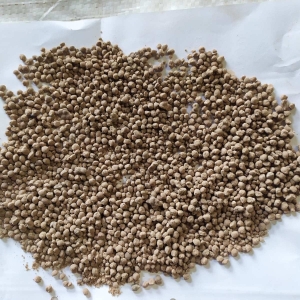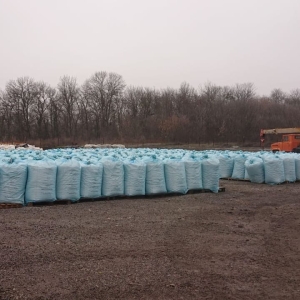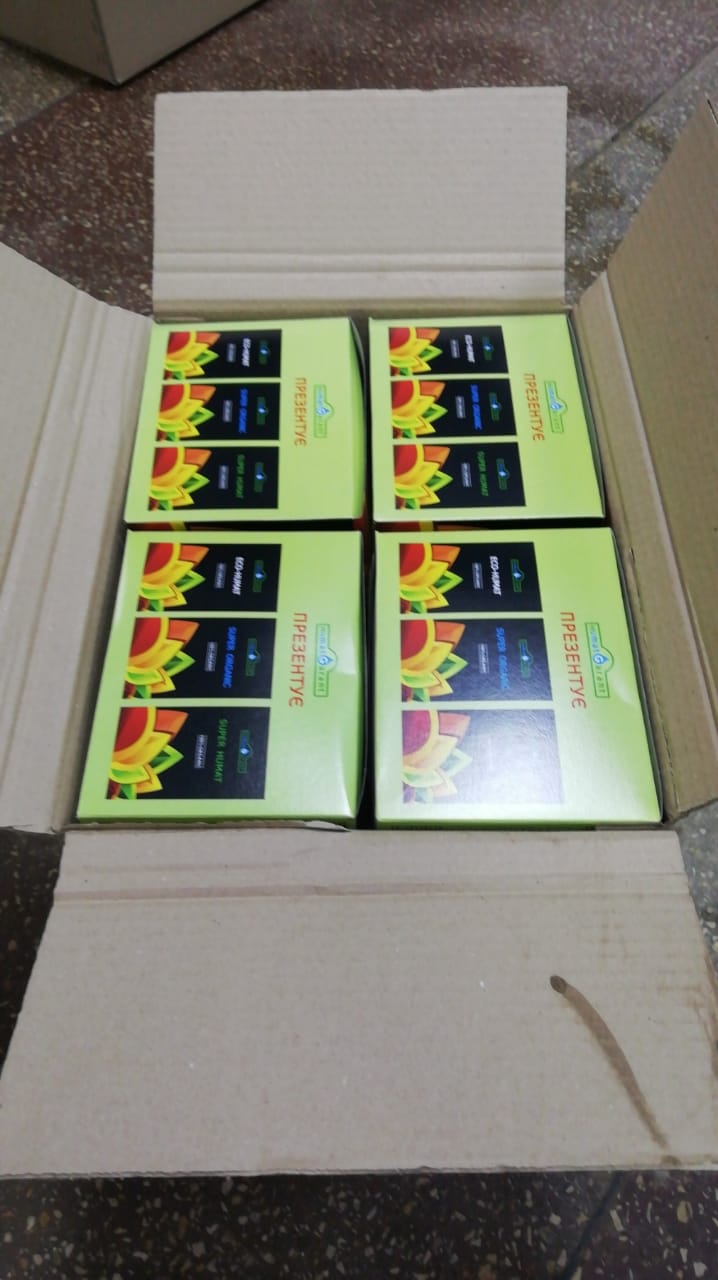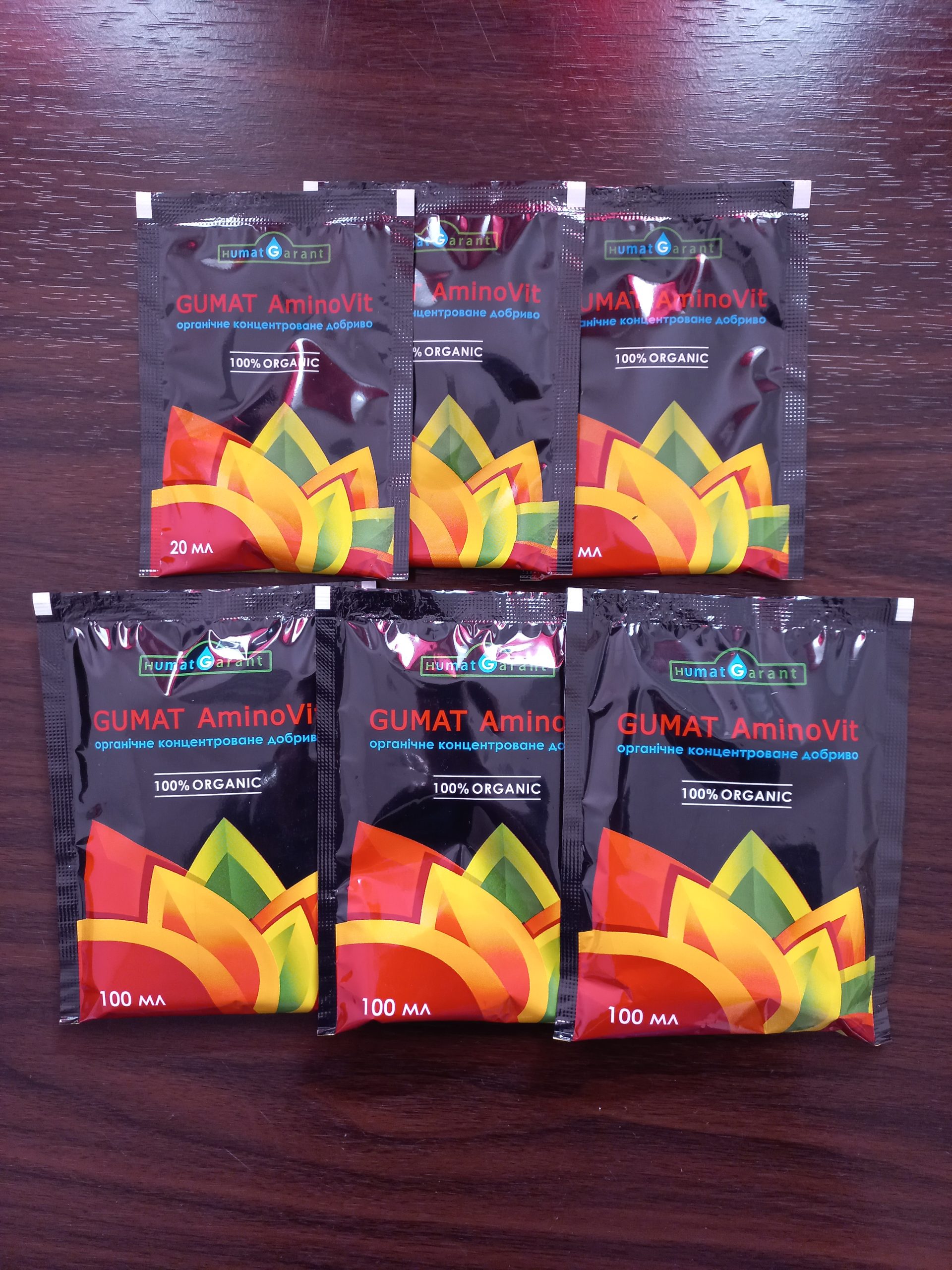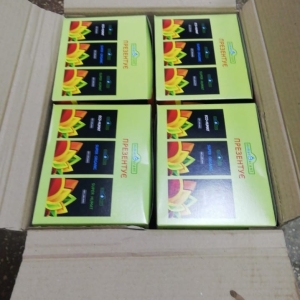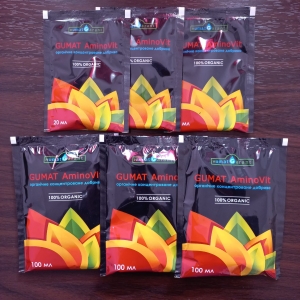organic bio destroyer of dirt, manure odors, and other organic waste.
The unique development of Ukrainian specialists!! There are no analogs.
Made of: Bacillus circulens, Bacillus megatherium, Bacillus stearothermophillus, Bacillus subtilis, Bacillus Plantarum, nutritional environment.
Sanatio Bio– is intended for veterinary sanitation, and deodorization of premises of animal farms in the presence of animals, to reduce the microbial and pathogenic background in the premises.
The number of spores and vegetative cells is at least 1.0 × 10 9 CFU / in 1 ml of Sanatio Bio biological preparation.
Conventionally, the drug can be divided into 2 categories by content and directed action:
- Group I of microorganisms (Bacillus circulens, Bacillus megatherium, Bacillus stearothermophillus) is directed to the biodegradation of organic matter, these bacteria in the drug are in a living state and start working first. Bacteria secrete a range of acids and enzymes that break down cellulose and carbohydrate compounds into glucose, which is a nutritional environment for the second group of microorganisms;
- Group II (Bacillus subtilis, Bacillus plantarum) – they are superproducers of antibiotic substances, these bacteria in the preparation are in spore (inactive) form, which for their growth and development require a large amount of nitrogen, as well as aromatic compounds, which are skatole, indole, hydrogen sulfide and other gases that have an aromatic nucleus in their composition.
Due to the synergy of bacteria, the drug works as follows:
- When it gets into lagoons or pits – settling tanks, the first group of bacteria, which are in a living state in the preparation, starts to work first. They “eat” organic matter, cellulose, and carbohydrate-containing compounds, simultaneously saturating the solution with glucose and acids. As a result of the acidification of the environment, the second group of bacteria begins to multiply actively, which adsorb and destroys nitrogen-containing compounds and aromatic gases. As a result, the volume of the stank, lagoon, and pit decreases, and any odor disappears.
- When sanitizing a room in the presence of animals, the process is the same, only microorganisms of the II group remain to live on the animals and on the walls of the room, preventing the accumulation of gases and inhibiting the pathogenic microbiota, creating an unfavorable environment for them for their further development (they displace them, a fight for the nutritional environment).
The drug “Sanitation” is a self-regulating consortium, and the limit for the development of microorganisms consists of 3 factors:
- The temperature is not lower than +9 (lower than spores fall out)
- The pH level (the bacteria themselves reduce the pH to 4, after which they die)
- Amount of nutrient medium
Indications for use: reduces the content of harmful gases in the premises
(ammonia, hydrogen sulfide, indole, skatole, etc.), reduces the pathogenic background, works on any litter containing cellulose, prevents the separation of manure into fractions, converts from nitrate and nitrite forms of manure to ammonium, in the following it can be used in the fields as a destructor, also stimulates the work of bacteria for biogas (+10%).
Mechanism of action: The drug neutralizes gaseous products of animal life, such as ammonia, hydrogen sulfide, mercaptans, skatole, and indole. Microorganisms included in the composition of the drug easily process waste, leaving behind water and carbon dioxide. In the biological product, the bacteria are in a spore state and additionally contain natural substances for their rapid activation. A unique set of bacteria creates a competitive environment for pathogenic microorganisms for the nutritional environment, dividing every 4 sec. within 48 hours, up to 80% of pathogenic microorganisms are displaced. It should be taken into account that all organisms have their own life cycle, therefore, with a certain periodicity, it is necessary to introduce a new dose of Sonatio Bio.
Important: the bacteria contained in the product, upon contact with helminth eggs or other protein bases, use their shell as an additional source of protein, thereby damaging it.
Methods of use in animal husbandry:
Consumption of the drug (high dispersion): 10-30 ml/working solution per 1m² with equipment and walls; 10-20 ml/1m² – without equipment. Low dispersion – 100-200 ml/m2 before moistening.
Cattle, sheep, goats:
– binding of harmful odors: treatment of premises and animals with a highly dispersed method (fog) with a 50% working solution of the drug before irrigation at the rate of 50 ml/1 m² of premises with equipment.
– reduction of the microbial-pathogenic background in the room: 100% concentration of the drug, with repeated processing within 8-10 days;
– further re-treatment within 14-21 days (depending on the sown pathogens).
Swine breeding:
– binding of harmful odors: treatment of premises and animals with high-dispersion
method (fog): First treatment – 100% solution; the second and subsequent ones – with a 50% working solution of the drug before irrigation at the rate of 10-50 ml/1 m² of the room with equipment.
– Low-dispersion method based on the calculation – 200 ml / m₂
– reduction of the microbial-pathogenic background in the room: 100% concentration of the drug, with
re-treatment for 8-10 days;
– further re-treatment for 14-21 days (depending on the sown pathogens).
– Treatment of lagoons, settling tanks, and cesspools – 0.5-1 liter per 1 m³ of manure.
If the drug is poured into the stank, If the preparation is poured into the bathtub, then, for the constant replenishment of the bacterial background of these bacteria in the room, a 50% aerosol method is used, then -250 ml/m³ of manure is enough to pour into the stank.
Important!! If there is a thick crust (1 meter or more) on lagoons, sumps, stanks, it is necessary to additionally treat it with “Biodestructor” to break the crust, and then pour “Sonatio”. It is necessary to apply products under the thickness of the crust, watering it from above does not give the desired result.
Birdhouses:
– binding of harmful odors: treatment of premises and poultry using a highly dispersed method (fog) with a 50% working solution of the drug before irrigation at the rate of 10-50 ml/1 m² of premises with equipment.
– reduction of the microbial-pathogenic background in the room: 100% concentration of the drug, with repeated processing within 8-10 days;
– further re-treatment within 14-21 days (depending on the sown pathogens).
It should be taken into account that bacilli are living organisms that also love the heat. Optimally low temperatures for working with them should be + 5С₀, at lower temperatures, bacilli fall into spores and wait for favorable conditions for their vital activity.
Shelf life: nutrient medium in canisters is enough for 8 months. from the date of bottling.
Safety: Safe for animals, humans, warm-blooded animals, fish, bees, and the environment.Packaging: canisters of 10 liters.
The acidity of agricultural land is the most important physical and chemical indicator.
Land reclamation affects the agrochemical parameters of soils: it reduces acidity, increases the number of absorbed bases, and affects the cation-exchange capacity, which ultimately affects the availability of nutrients, growth, development, and productivity of plants.
Ground chalk is the most effective ameliorant, as the CaCO3 content reaches 96-98%. Scientists and practitioners have proven that the indicator of the neutralizing ability of soil deoxidizers is greater the finer the rock is ground (up to 100 microns).
To date, the release of the new product “Grounded and granulated chalk ” has been established. The raw material is dried and ground to a particle size of 5-100 microns and passes through the granulation stage, combining the best qualities and compliance with the requirements of the modern market of mineral fertilizers.
Having our own field and processing facilities, we are ready to offer a price that is almost twice as low as foreign analogs, without compromising on physicochemical and quality indicators.
Using our products in combination with the recommendations of the leading of agronomists, you will save on mineral fertilizers, increase yield, and most importantly, restore the fertility of acidic soils.
is a complex granular mineral fertilizer enriched with concentrated humates, trace elements, vitamins, and amino acids.
A balanced complex of macroelements of nitrogen, phosphorus, potassium, sulfur, calcium oxides, and magnesium will provide your soil with everything it needs. Due to the content of concentrated humate in the fertilizer, the structure of the soil is improved and the air-water balance is restored.
The fertilizer has a neutral Ph and deacidifies the soil.
ASD (nitrogen-sulfur fertilizer)
The group of companies “Mineral-Group” has been engaged in the development and production of organic and mineral fertilizers for more than 10 years.
Many years of experience and scientific and practical research have enabled us to produce unique products that work effectively on various types of soil and are used for growing grain, oil, leguminous, fruit, vegetable, flower plants, etc.
The basis for the generally accepted NPK fertilizers of various formulas and NSF (nitrogen-sulfur fertilizer) is the use of potassium humate in our production, which increases the efficiency up to 99%.
The use of potassium humate, magnesium oxides, and calcium oxides in the production of NSF and NPK improves the ecological indicators of the fertilizer and changes the physiological acidity of the fertilizer to neutral.
Compared to similar products on the market, our products work 30-40% better due to the use of humate, calcium, magnesium, micro, and macro elements. Thanks to more efficient assimilation, we have the opportunity to reduce the amount of macronutrients (nitrogen, phosphorus, potassium) and offer customers the best price with guaranteed efficiency.
Experiments were carried out at the Institute of Potato Growing of the
National Academy of Agrarian Sciences of Ukraine
Volyn State Agricultural Research Station
| № | Variants* | The number of productive stalks pcs | The number of non-productive stems pcs | Plant height cm | Wheat ear length cm | The number of ears in an ear | The number of grains in an ear, pcs | Grain weight, 100 pcs | Straw yield, t/ha | grain harvest,t/ha | % protein |
| 1 | NPK(S) 8:8:8(6)+13CaO+11MgO+2 potassium humate (80 kg/hectare ) | 5 | 2 | 89 | 7,2 | 10 | 15,6 | 44,0 | 3,80 | 3,84 | 12,4 |
| 2 | NPK (16:16:16) (100 kg/hectare) | 4 | 2 | 88 | 7,2 | 9 | 15,0 | 43,3 | 3,60 | 3,69 | 12,3 |
| 3 | Granular Ammonium sulfate NS 21:24 (150 kg/hectare ) | 5 | 3 | 96 | 7,5 | 12 | 17,5 | 46,1 | 4,40 | 4,54 | 12,5 |
| 4 | NS 11,5:13+13CaO+11MgO +2 potassium humate type 3 (150 kg/hectare) | 6 | 3 | 95 | 7,6 | 14 | 18,3 | 46,9 | 4,58 | 4,63 | 12,6 |
Experimental plots of winter wheat
On the experimental site, in contrast to the NPK fertilizer (16:16:16), which was applied at 100 kg/ha, our NPK(S) 8:8:8(6)+13CaO+11MgO+2 potassium humate was applied at 80 kg/ha , and as we can see the figures in the table are the same, and some are even better. A similar situation with granular ammonium sulfate NS 21:24, and our NS 11.5:13+13CaO+11MgO +2 potassium humate type 3.
The main advantages when using fertilizers of our production:
- deacidify soils;
- do not wash out and do not weather from the soil;
- bind products of man-made pollution: compounds of mercury, lead, pesticides, radionuclides, etc. and prevent their transfer from the soil into the plant, thereby ensuring the ecological purity of the crops;
- productivity increases up to 30%;
- increase the digestibility of nutrients by plants by 30-50%;
- increase frost resistance and drought resistance;
- stimulate the development of all soil microorganisms, which contributes to the intensive recovery of humus;
- potassium humate works as a chelator, which increases the efficiency of plants’ assimilation of minerals and trace elements at the cellular level;
- increase plant resistance to diseases;
- improve the quality of grown products, under their influence the content of vitamins, protein, starch, gluten, nucleic acids and sugar in plants increases;
- capable of restoring the fertility of poor, depleted, technologically disturbed soils;
- have a prolonged effect.
The effectiveness of our fertilizers has been proven by many years of experiments and practical use by agricultural producers of Ukraine
The group of companies “Mineral-Group” has been engaged in the development and production of organic and mineral fertilizers for more than 10 years.
Many years of experience and scientific and practical research have enabled us to produce unique products that work effectively on various types of soil and are used for growing grain, oil, leguminous, fruit, vegetable, flower plants, etc.
The basis for the generally accepted NPK fertilizers of various formulas and NSF (nitrogen-sulfur fertilizer) is the use of potassium humate in our production, which increases the efficiency up to 99%.
The use of potassium humate, magnesium oxides, and calcium oxides in the production of NSF and NPK improves the ecological indicators of the fertilizer and changes the physiological acidity of the fertilizer to neutral.
Compared to similar products on the market, our products work 30-40% better due to the use of humate, calcium, magnesium, micro, and macro elements. Thanks to more efficient assimilation, we have the opportunity to reduce the amount of macronutrients (nitrogen, phosphorus, potassium) and offer customers the best price with guaranteed efficiency.
Experiments were carried out at the Institute of Potato Growing of the
National Academy of Agrarian Sciences of Ukraine
Volyn State Agricultural Research Station
| № | Variants* | The number of productive stalks pcs | The number of non-productive stems pcs | Plant height cm | Wheat ear length cm | The number of ears in an ear | The number of grains in an ear, pcs | Grain weight, 100 pcs | Straw yield, t/ha | grain harvest,t/ha | % protein |
| 1 | NPK(S) 8:8:8(6)+13CaO+11MgO+2 potassium humate (80 kg/hectare ) | 5 | 2 | 89 | 7,2 | 10 | 15,6 | 44,0 | 3,80 | 3,84 | 12,4 |
| 2 | NPK (16:16:16) (100 kg/hectare) | 4 | 2 | 88 | 7,2 | 9 | 15,0 | 43,3 | 3,60 | 3,69 | 12,3 |
| 3 | Granular Ammonium sulfate NS 21:24 (150 kg/hectare ) | 5 | 3 | 96 | 7,5 | 12 | 17,5 | 46,1 | 4,40 | 4,54 | 12,5 |
| 4 | NS 11,5:13+13CaO+11MgO +2 potassium humate type 3 (150 kg/hectare) | 6 | 3 | 95 | 7,6 | 14 | 18,3 | 46,9 | 4,58 | 4,63 | 12,6 |
Experimental plots of winter wheat
On the experimental site, in contrast to the NPK fertilizer (16:16:16), which was applied at 100 kg/ha, our NPK(S) 8:8:8(6)+13CaO+11MgO+2 potassium humate was applied at 80 kg/ha , and as we can see the figures in the table are the same, and some are even better. A similar situation with granular ammonium sulfate NS 21:24, and our NS 11.5:13+13CaO+11MgO +2 potassium humate type 3.
The main advantages when using fertilizers of our production:
- deacidify soils;
- do not wash out and do not weather from the soil;
- bind products of man-made pollution: compounds of mercury, lead, pesticides, radionuclides, etc. and prevent their transfer from the soil into the plant, thereby ensuring the ecological purity of the crops;
- productivity increases up to 30%;
- increase the digestibility of nutrients by plants by 30-50%;
- increase frost resistance and drought resistance;
- stimulate the development of all soil microorganisms, which contributes to the intensive recovery of humus;
- potassium humate works as a chelator, which increases the efficiency of plants’ assimilation of minerals and trace elements at the cellular level;
- increase plant resistance to diseases;
- improve the quality of grown products, under their influence the content of vitamins, protein, starch, gluten, nucleic acids and sugar in plants increases;
- capable of restoring the fertility of poor, depleted, technologically disturbed soils;
- have a prolonged effect.
The effectiveness of our fertilizers has been proven by many years of experiments and practical use by agricultural producers of Ukraine

COMPOSITION
Fulvic and humic acids
salt – 180.0 g/l; pH – 6.0-10.0
Fertilizer of prolonged action, used on all agricultural crops. It allows obtaining safe, high-quality products, improving the soil, improving its structure, regulating the content of physiologically active elements, and humus nutrients, and restoring the natural fertility of agricultural lands. The composition includes macro and micro elements in chelated and other readily available forms.
Use/Norms of application
-Drip irrigation of plants 3 l/ha, periodicity 3 times per growing season.
-Seed processing 0.4 liter/ton
-Root system 0.4 liter/ha -universal the composition is no more than 5 liters /1000 liters of water
COMPOSITION Fulvic and humic acids salt
– 140.0 g/l; pH – 6.0-10.0; N – 75.0 g/l; K2O – 65.0 g/l;
SO3-8g/l; Сu – 0.20 g/l; B-0.20 g/l; Mo-0.003; Mg-0.12g/l;
Zn-0.03g/l; Fe – 0.05 g/l; Mn – 0.05 g/l; Ca – 0.25 g/l.
Organic concentrated fertilizer intended for foliar treatment of plants (cereals, legumes, oilseeds, ornamentals, fruits, and berries). The plant anti-stressor improves the soil structure, restores the air-water balance of the soil, isolates the work of heavy metals, increases the buffer part of the soil, and improves the soil nutrition of plants.
Use/Norms of application
-Drip irrigation
plants 0.2 l/ha frequency of 1 time every 15 days throughout the growing season
– Treatment per sheet 0.2 l/ha three times per season
– Topical treatment of gardens and shrubs 0.4 l/ha three times per season
– a universal composition of no more than 5 l/1000 liters of water
COMPOSITION Fulvic acids and humic salts – 140.0 g/l; pH-6.0; N – 75.0 g/l; K2O – 65.0 g/l; SO3-8g/l; Su – 0.20 g/l; B-0.20 g/l; Mo – 0.003; Mg – 0.12 g/l; Zn – 0.03 g/l; Fe – 0.05 g/l; Mn – 0.05 g/l; Ca – 0.25 g/l;
Amino acids (l-lysine, DL-methionine) – 22.5 g/l Vitamins (A, D, E, K, B1, B2, B5, B)
Activation of regenerative functions, stimulation of the formation of the secondary root system. Recommended for the treatment of plants damaged as a result of atmospheric phenomena and harmful effects of low-quality plant protection products or fertilizers
Use/Norms of application
For low fertility, exhausted soils, and weakened plants.
– Drip irrigation of plants 0.2 l/ha, frequency 1 time every 15 days throughout the growing season.
– Drip irrigation of plants 0.2 l/ha, frequency 1 time every 15 days throughout the growing season.
– Leaf treatment of 0.2 l/ha 3 times per season
– Off-root treatment of gardens and shrubs 0.4 l/ha 3 times per season.

